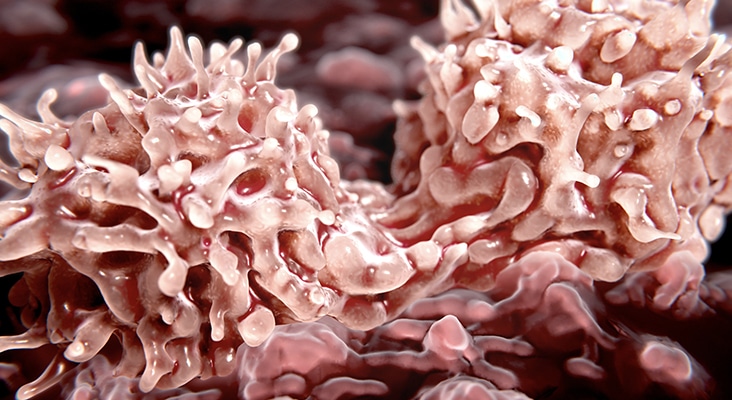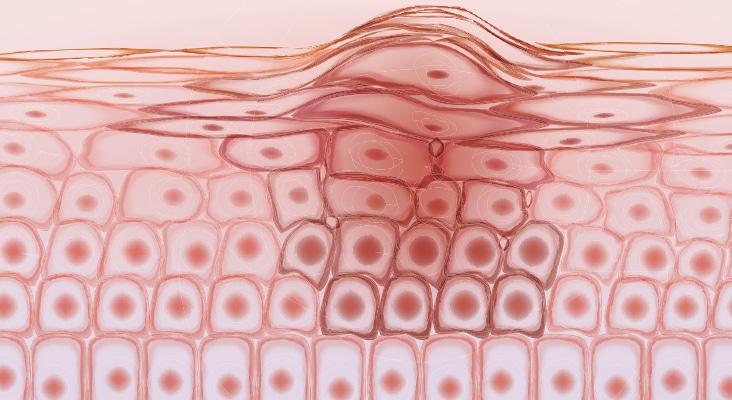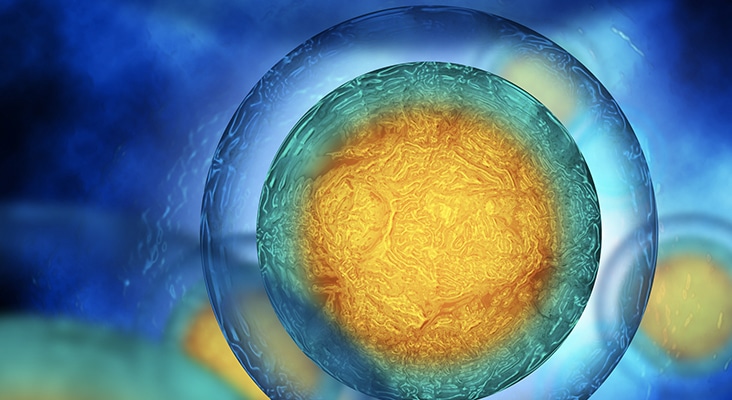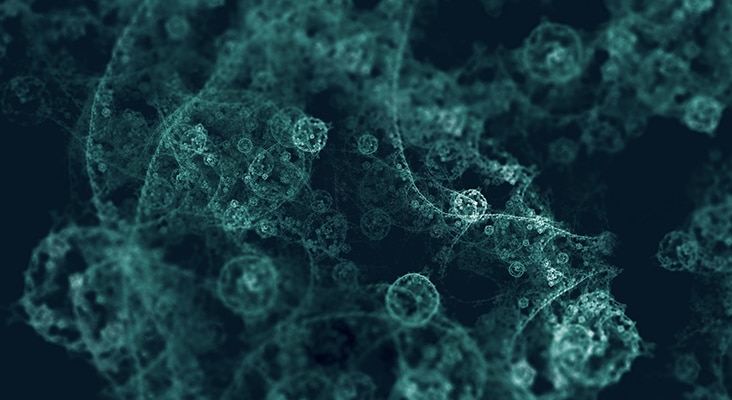Encouraging Healing With the Leukocyte Platelet Rich Fibrin Technique
Today, treatment modalities can assist with the stimulation of tissue formation after dental surgical procedures.

Stimulating Tissue Formation
Today, treatment modalities can assist with the stimulation of tissue formation after dental surgical procedures. The placement of Leukocyte Platelet Rich Fibrin (L-PRF), taken from the patient’s own tissue, provides enhanced healing following specific dental procedures. Acting as a biologic modifier, L-PRF mimics and prolongs the effects of typical physiologic wound healing. By releasing the cytokines and platelets necessary for healing over an extended period, healing begins more rapidly and is accomplished at a faster rate. This is especially important in dentistry because many procedures require multiple steps before completion, with each step building and relying on the success of the previous one.
Photo Credit: Nixxphotography / iStock / Getty Images Plus

Need for Bone/Tissue Graft
There are many circumstances when a patient may require a bone/tissue graft or other treatment to induce new bone/tissue growth. Several types of bone grafting procedures are available to patients, each with its own limitations. These constraints encourage the continual development of new alternatives. Various disciplines have used L-PRF as a biological modifier in many types of surgery including periodontology, implantology, and maxillofacial surgery.
Photo Credit: selvanegra / iStock / Getty Images Plus

Autografts and Allografts
Autografts and allografts are associated with human donors. An autograft is tissue taken from and placed in the same individual. These have the highest potential for success because the tissue is obtained from the recipient. Unfortunately, this is not always an option for patients, leaving an allograft as the next option. Allografts are retrieved from one individual and placed in a different individual of the same species. They typically consist of tissue that is taken from a cadaver. Similar to the autograft, allograft studies have shown high success rates and enhanced tissue growth.
Photo Credit: Benjamin Toth / DigitalVision Vectors

Advancement in Technique
Because these modalities are sometimes limited in their results, dentistry needs to continue evolving and discovering new treatment approaches. L-PRF is an autologous biologic modifier that is obtained from the patient’s blood. This provides a condensed network of fibrin that is saturated with cytokines, growth factors, and platelets. L-PRF speeds up the initial healing process of tissue repair. It is capable of generating both soft tissue and bone and is used in conjunction with a bone substitute or alone. There are many circumstances where tissue growth needs to be implemented for the success of a procedure.
Photo Credit: Christoph Burgstedt / iStock / Getty Images Plus

Procedural Approach
The L-PRF procedure is relatively simple and begins with a blood draw. Approximately 9 ml to 10 ml of blood is drawn with a 24 gauge butterfly needle and then placed in a glass tube. The glass tube is needed to achieve clot polymerization. Correct handling of the blood is a significant factor in L-PRF treatment success. The blood must be immediately transferred to a centrifuge, which is activated for approximately 12 minutes, without the addition of an anticoagulant. During the centrifuge process, the blood coagulates and separates into three distinct layers. The bottom layer is composed of red blood cells; it is discarded. The top layer is cell-free and is also discarded. The middle layer is a mesh network that contains the majority of the platelets and fibrin. Within this middle layer, platelets lead to synthesizing growth factors in response to clotting. The fibrous middle layer also acts as a scaffold when placed for surgical dental treatment, leading to the initiation of tissue response. This layer can be compressed into a membrane or shaped into a plug depending on what treatment is needed. This clot can be converted into a membrane by compression between two sterile gauzes or by using a specific tool for collection. The fibrin is easily manipulated and placed, allowing it to be used with many dental treatment options.
Photo Credit: Christoph Burgstedt / iStock / Getty Images Plus

Practical Applications
L-PRF has many clinical applications, such as soft tissue and bone regeneration, extraction socket and alveolar ridge preservation, horizontal and vertical ridge augmentation, improvement of three wall infrabony defects, sinus lift procedures for implant placement, periodontal tissue regeneration, improvement of furcation defects, assisting with repair of mandibular fracture sites, and stimulation of enhanced repair when used in combination with bone substitute or autologous bone.
Photo Credit: ClaudioVentrella / iStock / Getty Images Plus

Endless Possibilities
As a biologic modifier, L-PRF seems to have limitless possibilities when it comes to bone and soft tissue regeneration and overall healing. Studies with control and test groups show that implant placement, as well as various other dental treatments, can still be consistently successful without the use of L-PRF, but the improved results when L-PRF is used are statistically significant. Areas for future research should investigate its use in various other bone grafting procedures such as cleft palate repair, distraction osteogenesis, and treatment of osteonecrosis of the jaw. Additionally, further research may find that this technique could be used to stimulate gingival growth and aid in the repair and/or regeneration of attachment loss caused by periodontal diseases.

